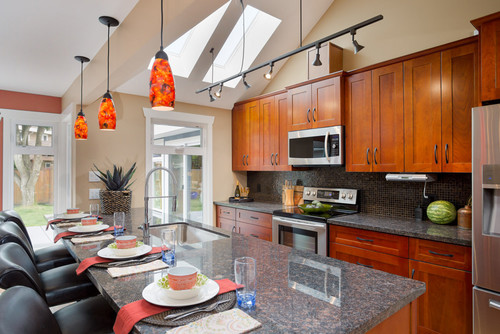Your home is probably the largest single investment you will make in your life time and with the price of homes continuing to sky rocket in Toronto/GTA it makes it that much more important you receive the largest ROI (return on investment) that you possibly can on your home renovation or addition.
By hiring a Professional Interior Designer that individual has attained all the professional requirements to make them a professional member of ARIDO, giving you the homeowner, assurance that the individual meets the highest level of professional qualifications. Ensuring you get the best value for your investment by saving you time and money in addition providing peace of mind knowing that your project will: meet or exceed your needs/specifications, be functional and aesthetically pleasing by making the most of your space, and your project meets building codes/safety standards requirements.
More specific project benefits throughout the different project phases include:
Phase 1
Starting your project with a ‘professional assessment’, interior designers are the extra set of eyes trained to observe and notice items that the homeowner may not. Often at the same meeting, the ‘project program’ is determined which lays the ‘ground work’ in creating a solid plan of action for your upcoming project by assessing your needs verses wants verses budget.
Phase 2
Concept development is the next step, this means developing a floor plan for the project. Sometimes it can mean reviewing existing drawings and ‘massaging’ them a bit to either functional or aesthetically meet any new project goals or requests. An interior design can also act as the link between the architect and contractor early in the process heading off any potential design misses on your overall plan.
Phase 3
Design development defines the projects aesthetics’. Interiors designers have resources that are not always available to the general public. In additional Interior Designers are required by their association to stay update on their knowledge through CEU’s (continuing education units) which are accredited programs designed for professional’s interior designers. Their knowledge saves homeowners countless hours researching products, brands and prices additionally making your space unique and yet looking pulled together.
Phase 4
Contract documents are the means of communications between the design and the construction of a project. During this process, the homeowner is shown elevations and details drawings of their project. Interior designers can also design a reflected ceiling plan (lighting layout), switching plan and power plan. Additional they can provide the contractor with a schedule of all the projects finishes including plumbing and lighting fixtures.
Phase 5
Construction administration happens during construction this is where the interior design visits the site to ensure the design intent is being met as well as answer any questions that may arise during the construction process.
Phase 6
PARTY!!!
